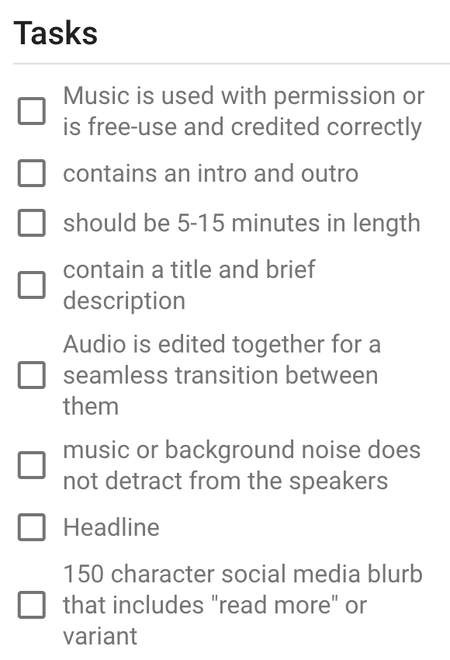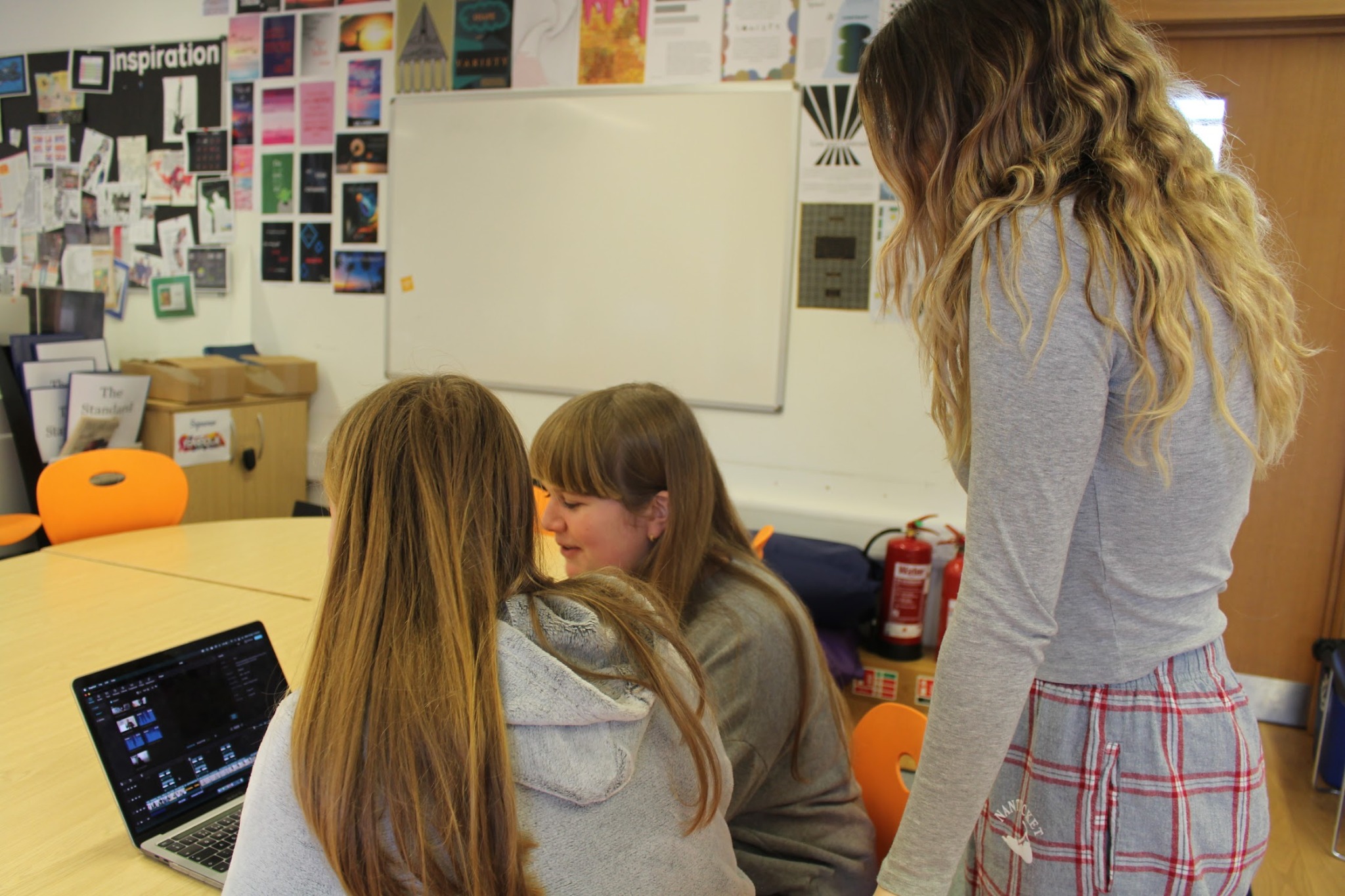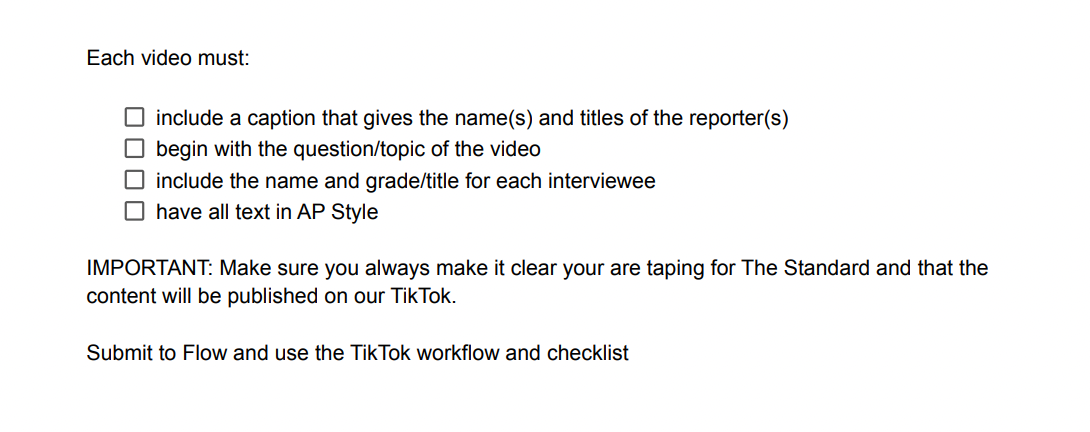

Broadcast journalism is undoubtedly the future. Telling stories via video presents a world of opportunity, allowing the reader to gather a concrete visual understanding of a particular topic and the source's experience with it beyond just words on paper. Throughout my years on The Standard, I have worked to develop my ability to weave together video clips, audio, B-roll and everything in between. Video uniquely allows our audience to connect with sources and experience an event or issue in a very visual way.
Sitting in class one day, my co-editor turned to me and pitched the idea of a video detailing faculty experiences with 9/11. Throughout the next week, we planned the coverage, videoed a range of faculty and pieced together each interview. This video was particularly hard-hitting and unveiled the emotion linked with the event in a way text simply couldn’t have achieved.
More recently, I reported on the World Book Day celebration at our school. Students across all grade levels partook in the "Drop Everything and Read" activity to encourage the community to recognize the draw of literature and take a pause from the digital world. I visited multiple classes and library areas to film my B-roll alongside interviewing students and the Head Librarian.
Annually, our Social Justice Council organizes an Aequitas Week, where students and faculty alike partake in a series of student-run workshops exploring a range of social justice issues. To create this video, I popped into a variety of workshops to film B-roll. After the workshops concluded, I interviewed a participant, a workshop leader and a faculty workshop mentor. This video aimed to capture the week in a way a typical story couldn't, showcasing students engaged in their respective workshops and audio reflections on their success.
This year, I am guiding a group of 20 reporters in our “Multimedia Journalism” class through creating videos just like these. Some of these reporters have produced videos around the death of Mahsa Amini, London museums and digital note-taking, to name a few.
As Lead Culture Editor, one of my goals was to take ourselves less seriously in the content we publish. While it's important to report on heavy content, it is also crucial to remember that we write for a high school audience. If we are interested in something as editors, chances are our audience is, too. Thus, I guided two reporters in publishing a "Crocumentary" – a video chronicling the rise of Crocs in our community. I constantly visited their class to assist in the making of this video, walking them through B-roll, introducing each source with their name/title and editing out excess background noise.
When the video was published, it was a massive hit. Our audience loved that we took a stab at reporting on a topic some may consider silly. Although bordering on satire, this video epitomizes the importance of using broadcast journalism to cater to our audience.
For the first time in The Standard's history, we received a Best of SNO for a video. During my free period – which coincides with the Multimedia Journalism class – I worked with these reporters to edit and refine their video on digital note-taking. Their final creation was one of the highest-quality videos we've published, which is indicative of our upward trajectory in broadcast journalism.
Following many publications across the globe, The Standard has recently joined TikTok. Journalism in video form is a powerful method of storytelling, and there is no better way to engage our community than posting videos on a platform of which everyone is a part.
To kickstart our TikTok presence and uphold journalistic practices in doing so, I created a TikTok guidelines document:
Because visual storytelling is such a different realm than writing, I added respective checklists to our Flow program to help guide reporters in creating videos. This checklist ensures that video and podcast expectations are crystal clear and reporters feel supported in pursuing broadcast journalism ideas:

As Editor-in-Chief, it has been a personal goal to embrace alternative storytelling. I constantly peruse our story idea spreadsheet and chat with reporters about looking at each story and critically asking, “How would this story be best told?” We’ve had more broadcast journalism – podcasts and videos, in particular – this year than in any year prior, which is an exciting step toward making broadcast journalism common practice.

